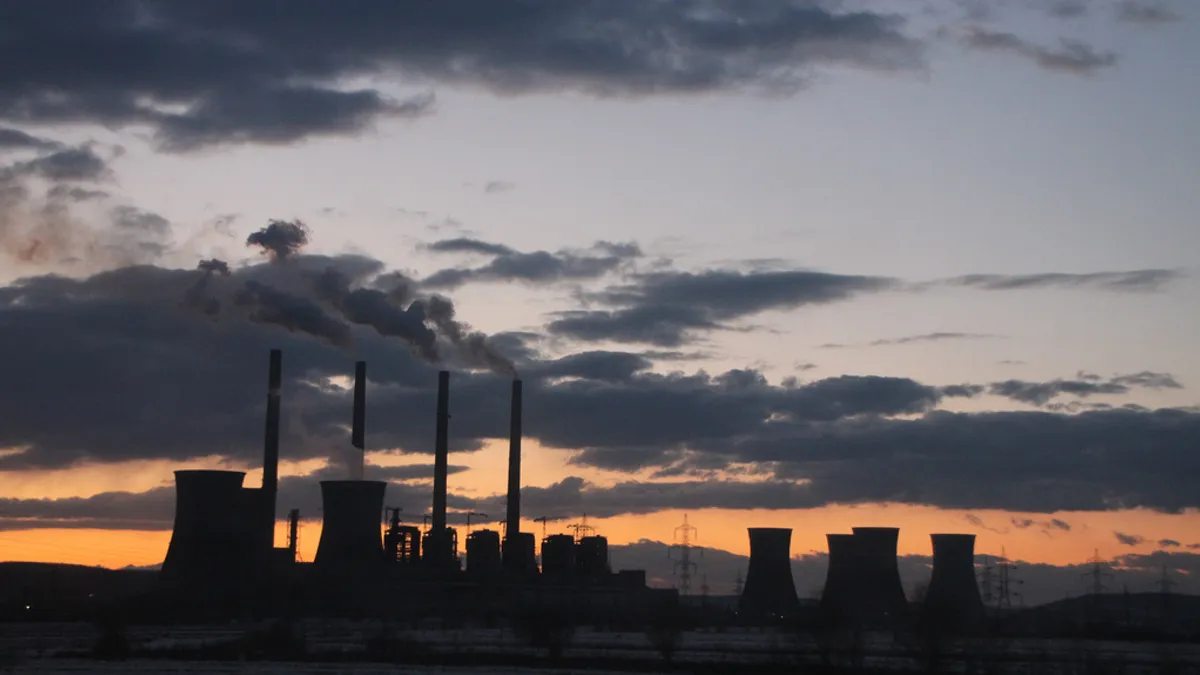Dive Brief:
- On Monday, the Supreme Court upheld the Environmental Protection Agency's (EPA) right to regulate greenhouse gas emissions from stationary sources under the Clean Air Act.
- But the court also struck down the EPA's authority to increase the annual number of tons of emissions per facility that require EPA permits and regulation.
- However, the court did rule that the EPA could require sources that comply with other agency emissions regulations to comply with greenhouse gas regulations.
Dive Insight:
The court effectively ruled the EPA has no right to tailor the Clean Air Act, even if it seems reasonable and in the public interest, by controlling the size and number of the emitters that fall under its jurisdiction.
“It bears mention that EPA is getting almost everything it wanted in this case,” said Justice Antonin Scalia. “It sought to regulate sources that it said were responsible for 86 percent of all the greenhouse gases emitted from stationary sources nationwide. Under our holdings, EPA will be able to regulate sources responsible for 83 percent of those emissions.”
“We are not talking about extending EPA jurisdiction over millions of previously unregulated entities,” Justice Scalia explained, “but about moderately increasing the demands EPA (or a state permitting authority) can make of entities already subject to its regulation.”
The EPA has won several important court victories in recent months, including a decision in April to sustain the agency's cross-state pollution rules.
“The Supreme Court’s decision is a win for our efforts to reduce carbon pollution because it allows EPA, states and other permitting authorities to continue to require carbon pollution limits in permits for the largest pollution sources," the EPA said.














